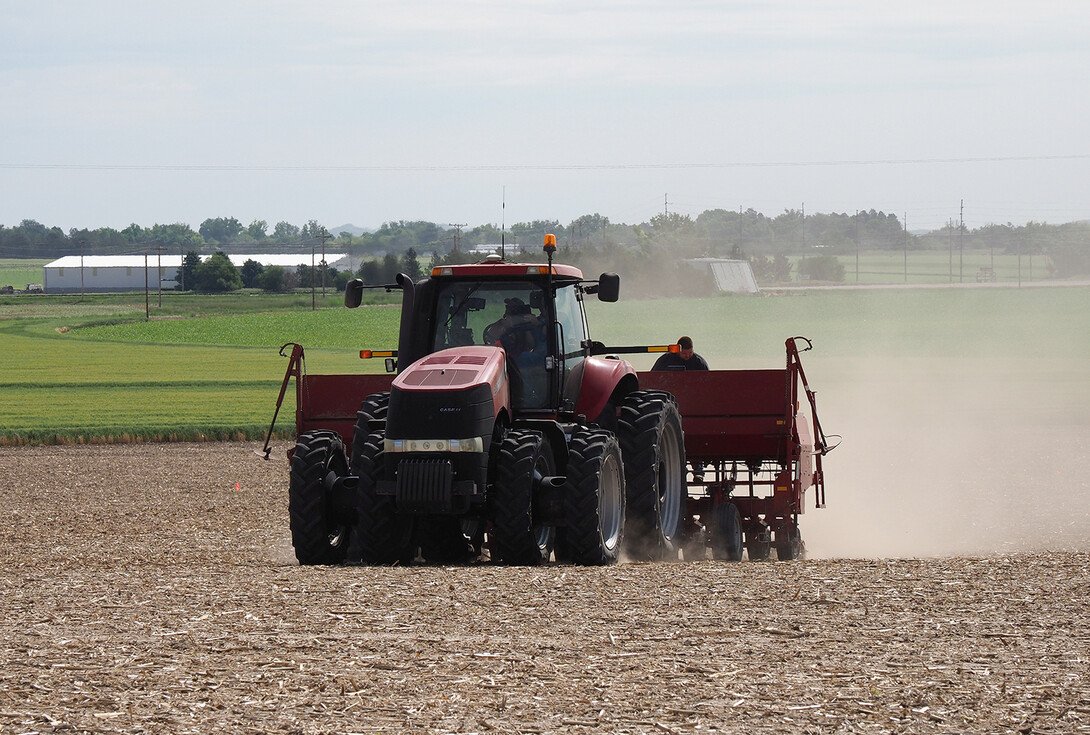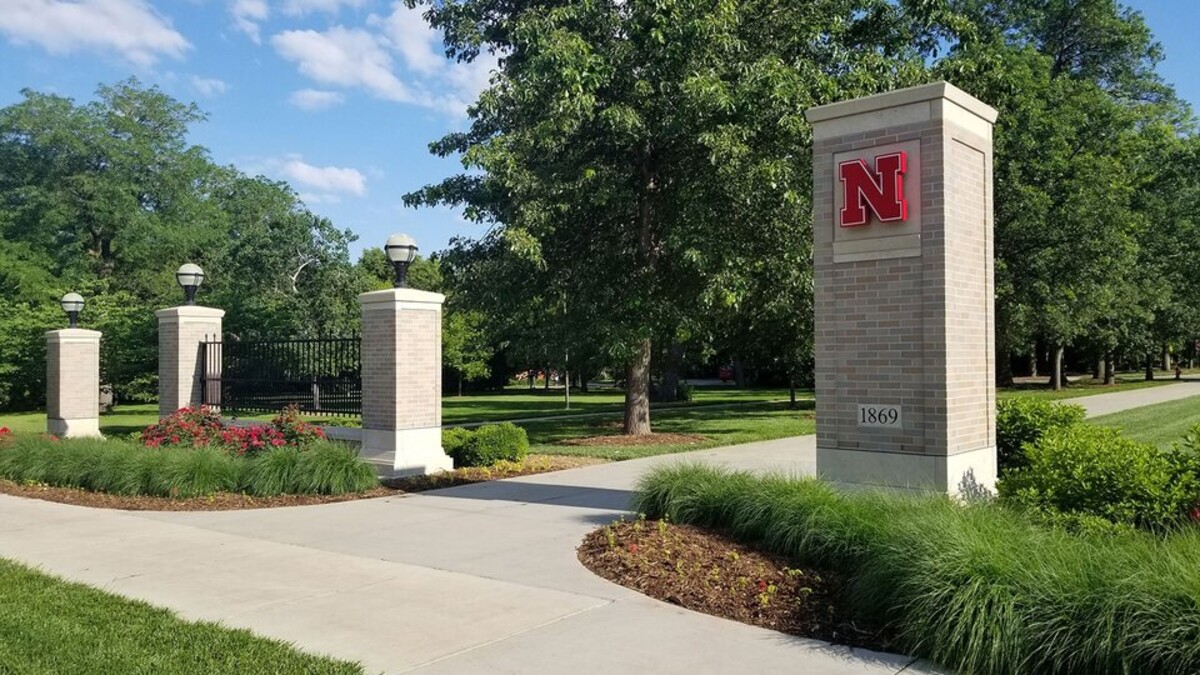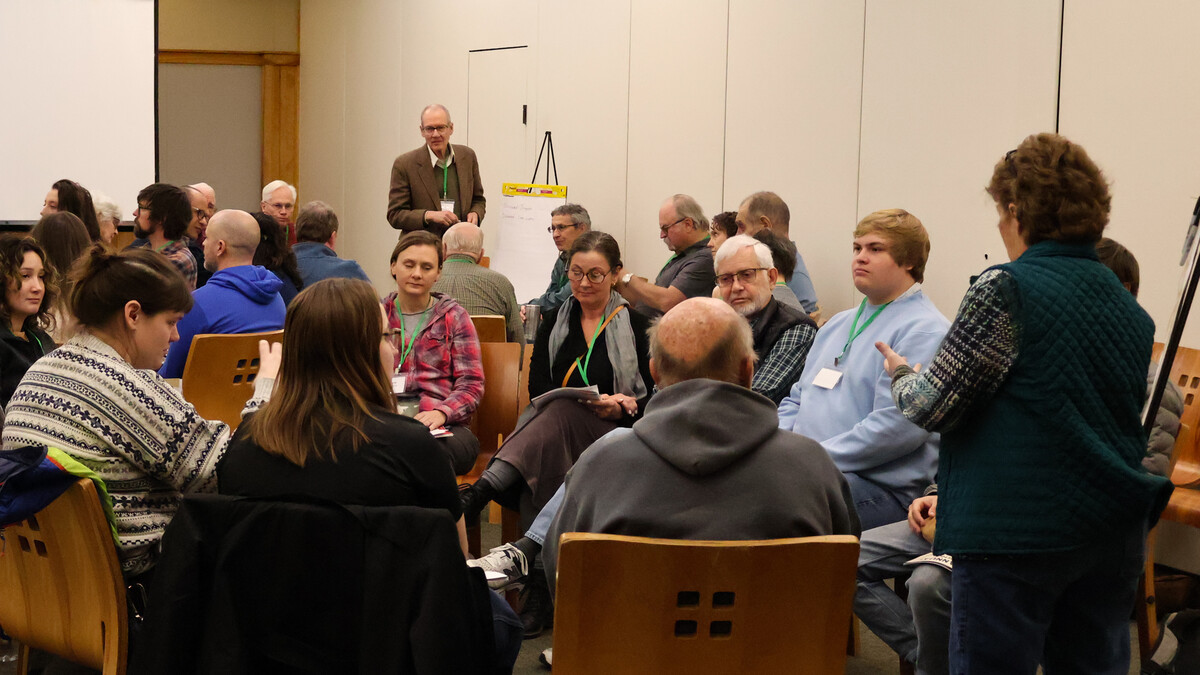
Lincoln, Neb. —Nebraska Extension On-Farm Research is going on across the state, with hundreds of acres involved in projects. One of the research studies, called “Variable Rate of Nitrogen in Irrigated Corn,” has several Nebraska farms in its study, including one in Sheridan County. The entire study is driven by technology using GPS guidance and precision variable application equipment.
“A prescription for the plot is written up by Laura (Thompson, Nebraska Extension educator), and the fertilizer applicator delivers the nitrogen to the GPS designated areas,” said John Thomas, Nebraska Extension educator in Box Butte County.
The application equipment can deliver nitrogen to the entire study as it passes through the field without stopping between plots. The plot sizes average about 60 feet by 400 feet in length. This type of equipment makes a research project like this one feasible and can also be used by the growers to apply variable rates of nitrogen as needed on various parts of their fields.
“With GPS guidance, you can put your replicated plots in randomly, and the applicator automatically puts the nitrogen out in the correct plot at the correct rate. Without this type of equipment, this type of On-Farm research would be much too time-consuming for growers to participate in. It’s literally revolutionized research on this kind of scale,” Thomas said.
The project will study how nitrogen applications to certain areas affect corn yield. Nitrogen is not cheap, and over-applying nitrogen in a blanket across a field could be wasting it when it’s not necessary and create some environmental issues through nitrogen leaching or runoff.
“You don’t want to look at just maximizing yield. You gotta look at the economics,” Thomas said.
While corn is a common crop in Nebraska, the Panhandle has a variety of crops that share corn’s acres. Dry edible beans, which are grown almost exclusively in the Panhandle, have three research projects in the On-Farm research. One project is a “Dry Bean Variety Trail,” with pintos and their suitability for direct harvest. The project will look at the uprightness, bean quality after harvest, and harvest loss. With good varieties that are upright, harvest loss can be expected at 2-3 bushels per acre using direct harvest.
Another study with dry edible beans has to do with inoculants. In the study, the seed is inoculated, which helps the nitrogen fixing organisms do their job. Thomas said inoculants are not normally used in areas where dry beans have been grown, but the grower is interested in the study.
“That’s part of On-Farm research, it’s not just what we want to study but for growers who might be interested in something, and we can set up the study,” Thomas said.
The growing season has been unconventional in terms of the cool, wet start coupled with hail in some areas. Thomas still thinks the crops have good potential as summer begins to heat up.







